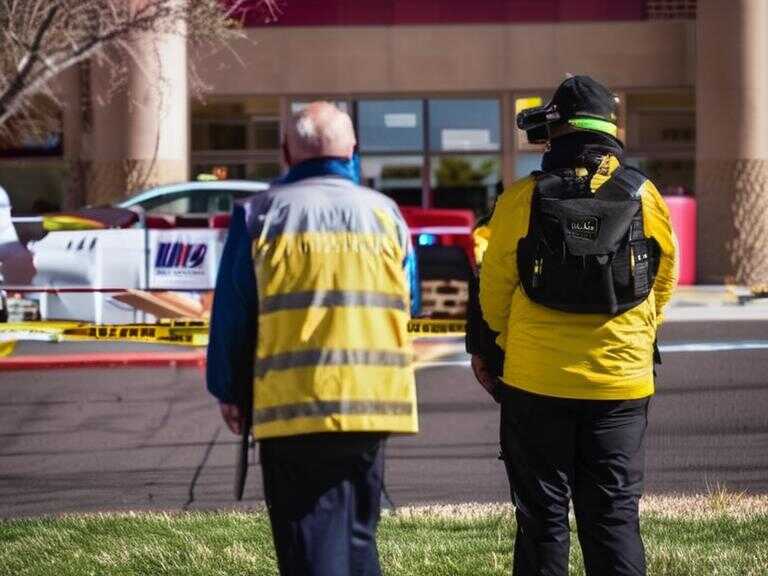
U.S. and South Korea Launch Major Defense Exercise Amid North Korean Provocations
U.S. and South Korean forces began large-scale drills amid heightened tensions with North Korea, which accused them of invasive war exercises.

A large-scale military exercise commenced on Monday involving U.S. and South Korean troops, focused on bolstering their joint defensive capabilities in the face of nuclear-armed North Korea. In response, North Korea accused the allies of staging an invasion. This annual summer exercise unfolds amidst elevated tensions on the Korean Peninsula, with both North Korea's weapons demonstrations and the U.S.-South Korea combined military exercises intensifying in a tit-for-tat cycle.
North Korea's Response
The military exercise began just hours after a statement from North Korea's Foreign Ministry reiterated the country's stance that such exercises amount to "provocative war drills for aggression." The assertion emphasized that North Korea's nuclear ambitions are consequently justified, underlining the necessity to "constantly maintain the balance of power for preventing a war by stockpiling the greatest deterrence."
The U.S. and South Korea characterized their joint drills as defensive in nature and highlighted their expansion and enhancement of training in recent years to address the evolving threats posed by North Korea. The Ulchi Freedom Shield drills, scheduled to continue for 11 days until August 29, encompass both computer-simulated war games and over 40 types of field exercises, including live-fire drills. The allies asserted that this year's program is centered on enhancing their preparedness against various North Korean threats, such as missiles, GPS jamming, and cyberattacks, while also incorporating lessons learned from recent armed conflicts.
Participation and Civil Defense Drills
Approximately 19,000 South Korean military personnel are set to engage in the drills, which will coincide with civil defense and evacuation drills from Monday through Thursday, including scenarios based on North Korean nuclear attacks. The U.S. military did not disclose the number of American troops participating in the drills or whether U.S. strategic assets would be involved. However, in recent months, the United States has increased its regional deployment of long-range bombers, submarines, and aircraft carrier strike groups for training alongside South Korean and Japanese forces.
Potential North Korean Reaction
These drills have the potential to elicit a belligerent response from North Korea, which has been showcasing its expanding weapons program and issuing threats of nuclear warfare against Washington and Seoul. Earlier this month, North Korean leader Kim Jong Un orchestrated a significant ceremony in Pyongyang to commemorate the delivery of 250 nuclear-capable missile launchers to frontline military units, advocating for an unceasing expansion of the military's nuclear program.
This event has heightened apprehension regarding Kim's weapons program, as he aims to deploy battlefield nuclear weapons along the border with South Korea and asserts that his military could execute preemptive nuclear strikes if it perceives a threat to its leadership.
North Korea's Psychological Warfare
In recent weeks, North Korea has engaged in a psychological warfare campaign by dispatching thousands of balloons carrying trash towards the South, further aggravating relations between the two rivals. During last year's Ulchi Freedom Shield exercises, North Korea conducted ballistic missile tests, characterizing them as simulating "scorched earth" nuclear strikes on South Korean targets. These developments underscore the ongoing tensions and the high-stakes nature of the military exercises on the Korean Peninsula.
Share news















